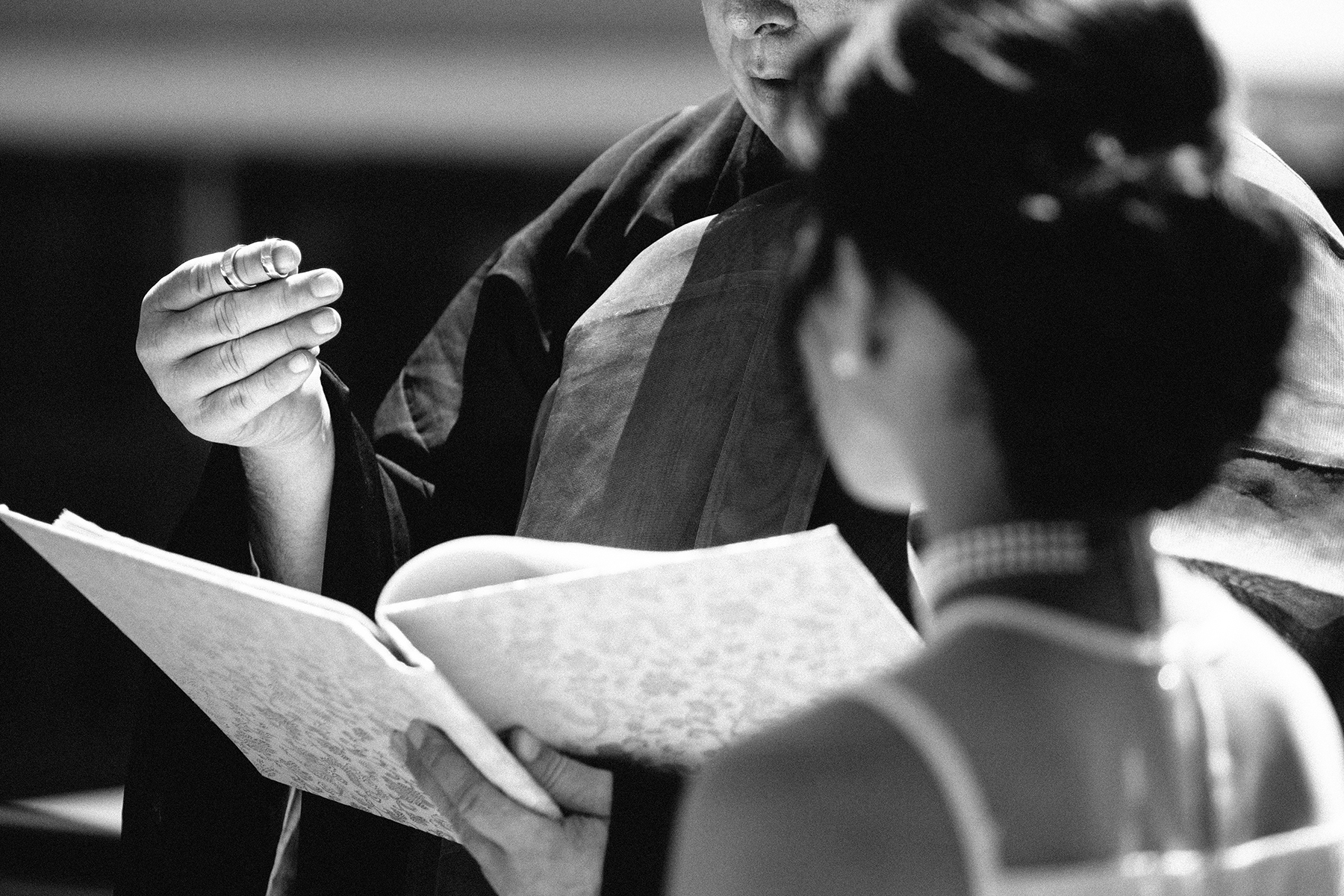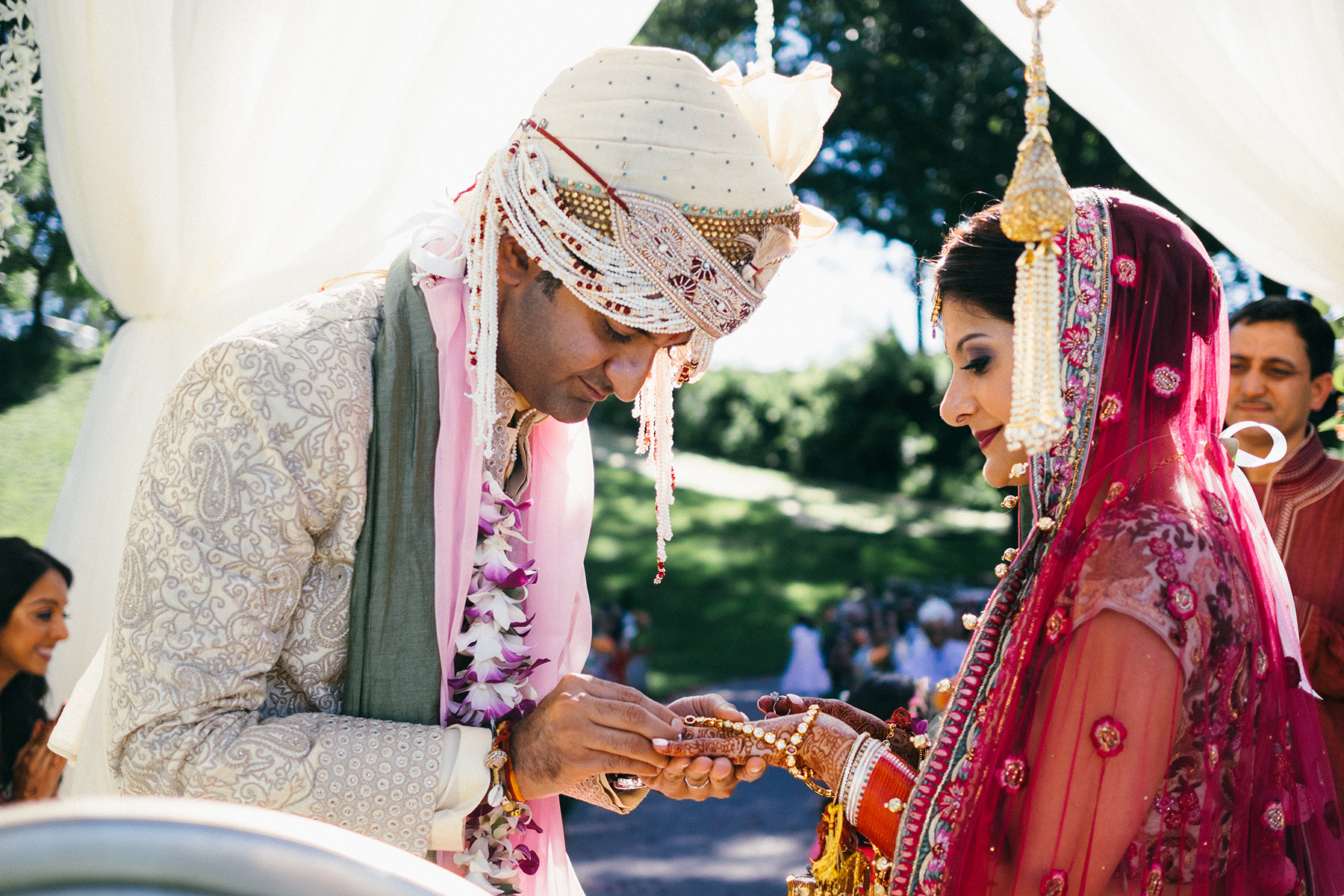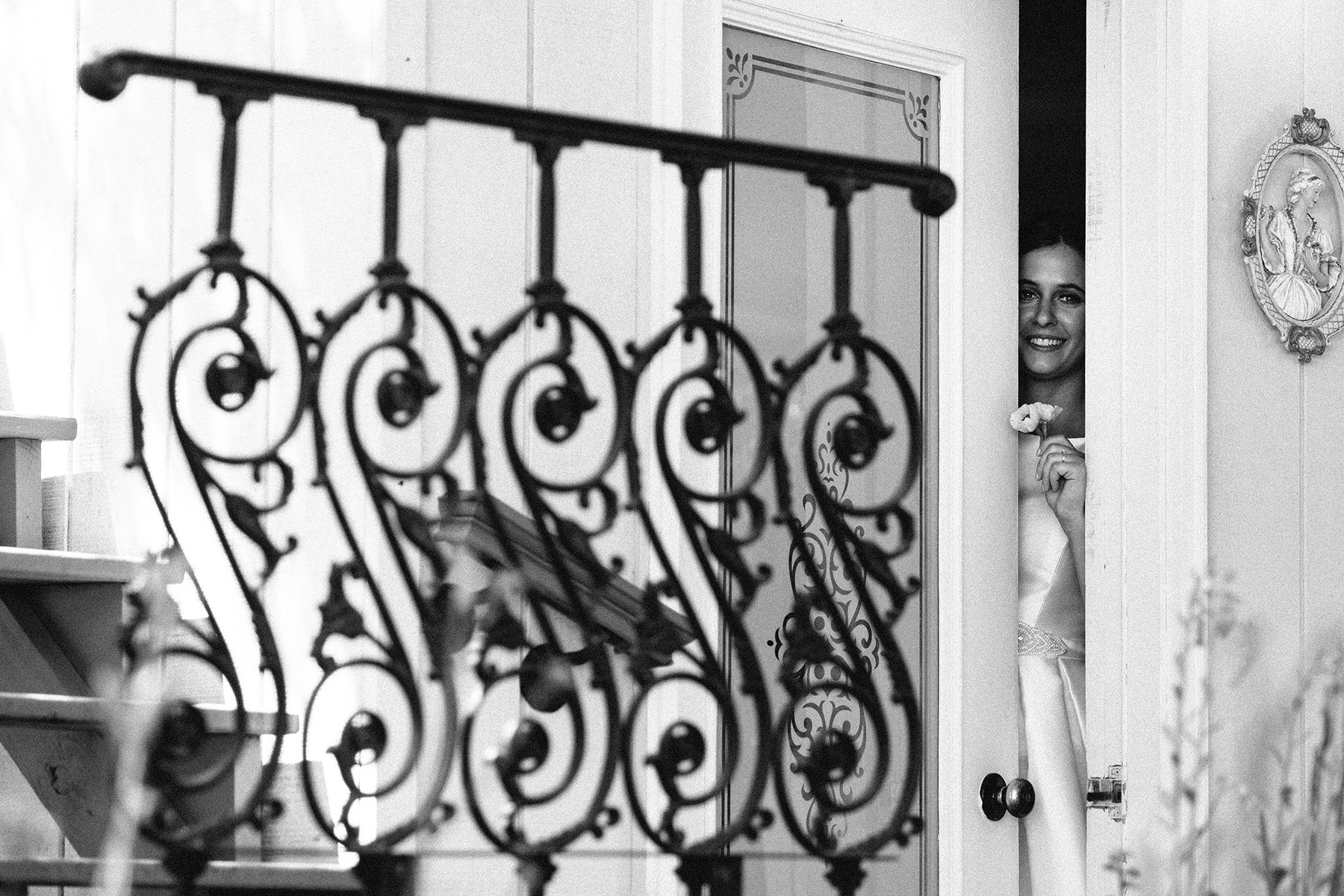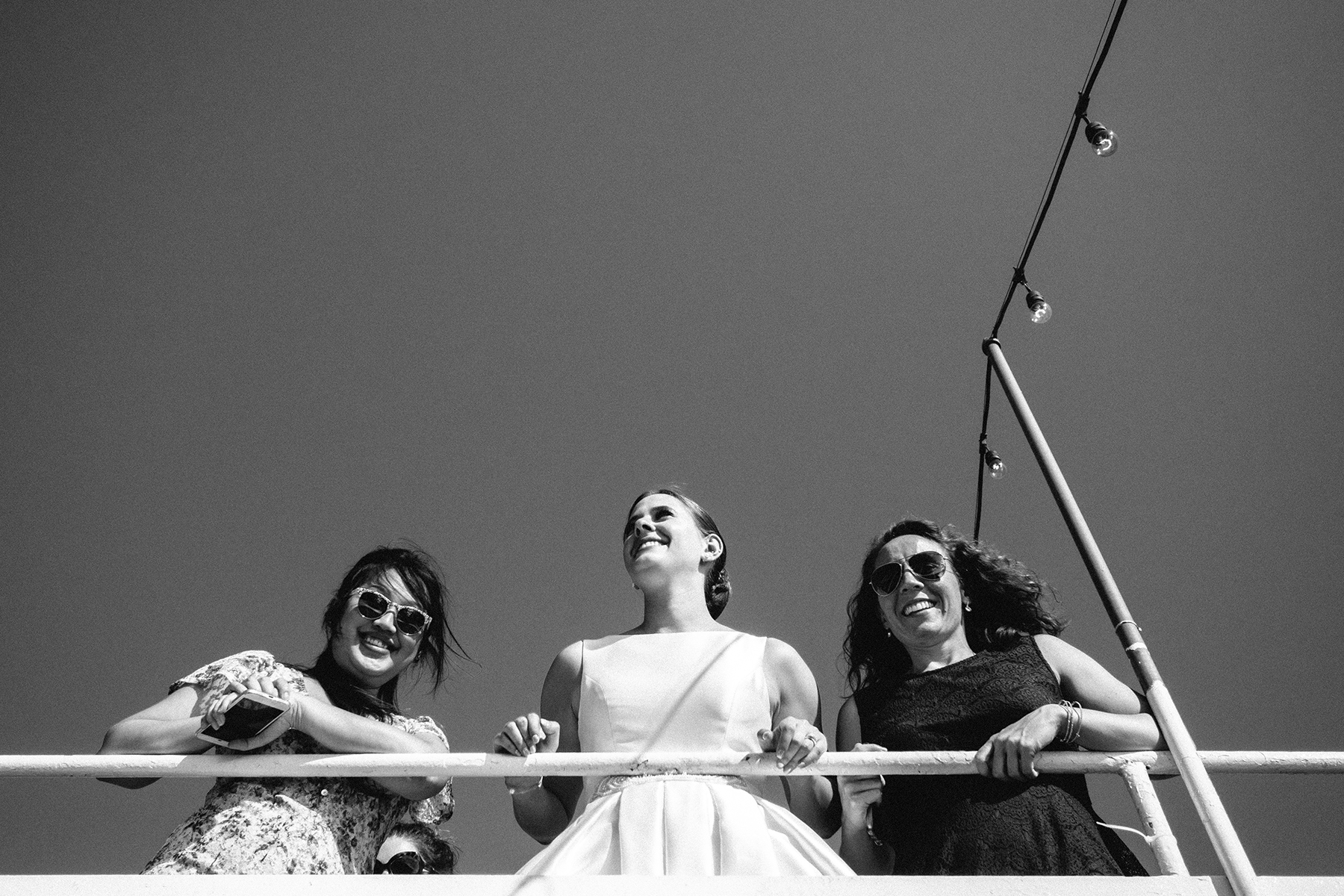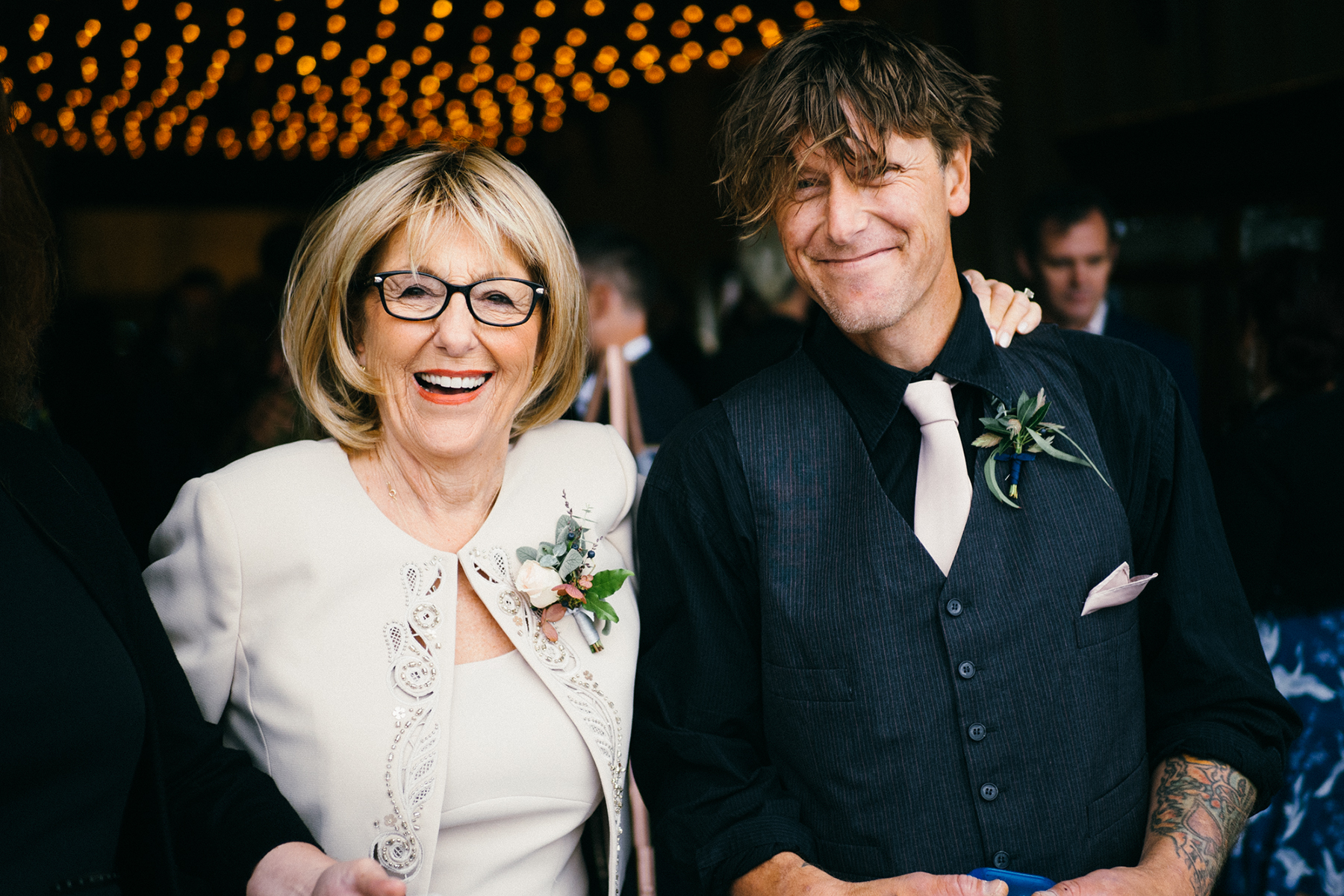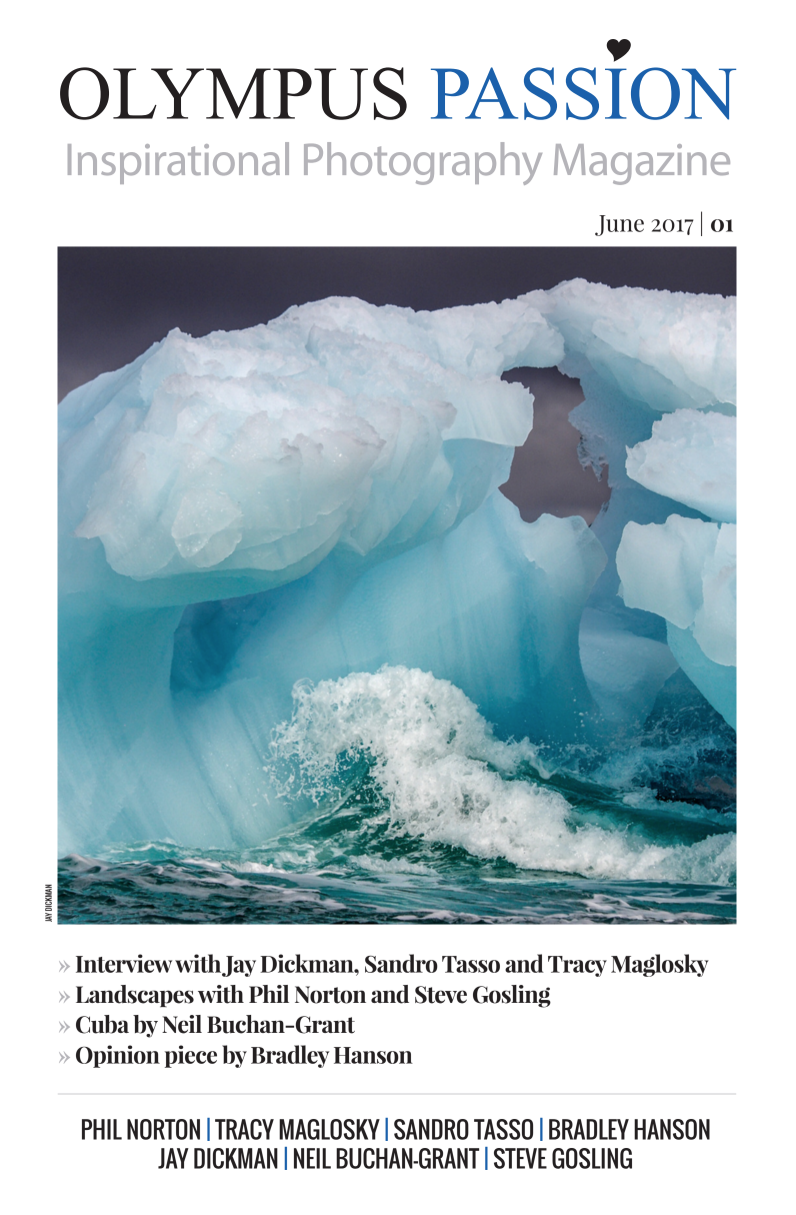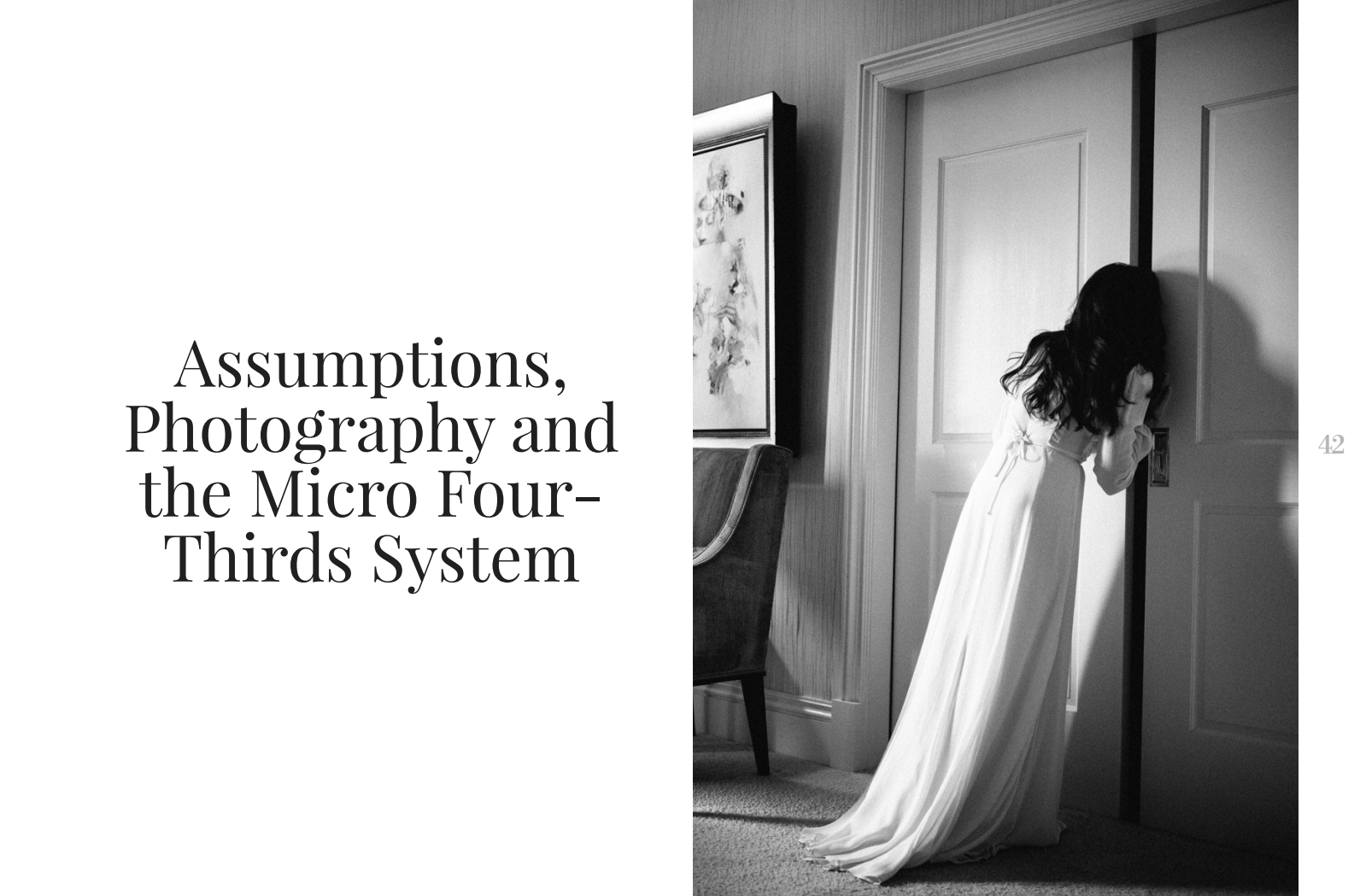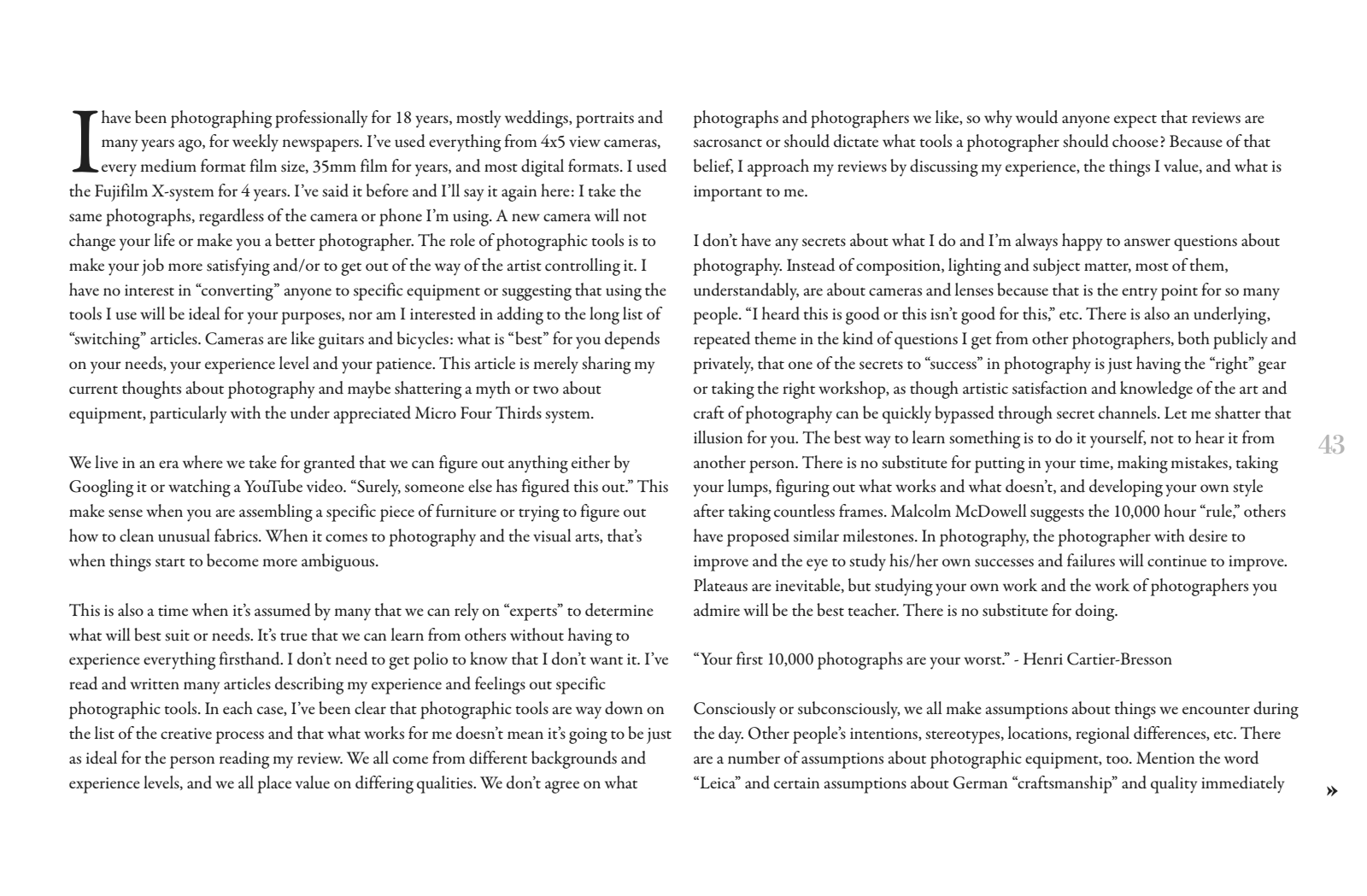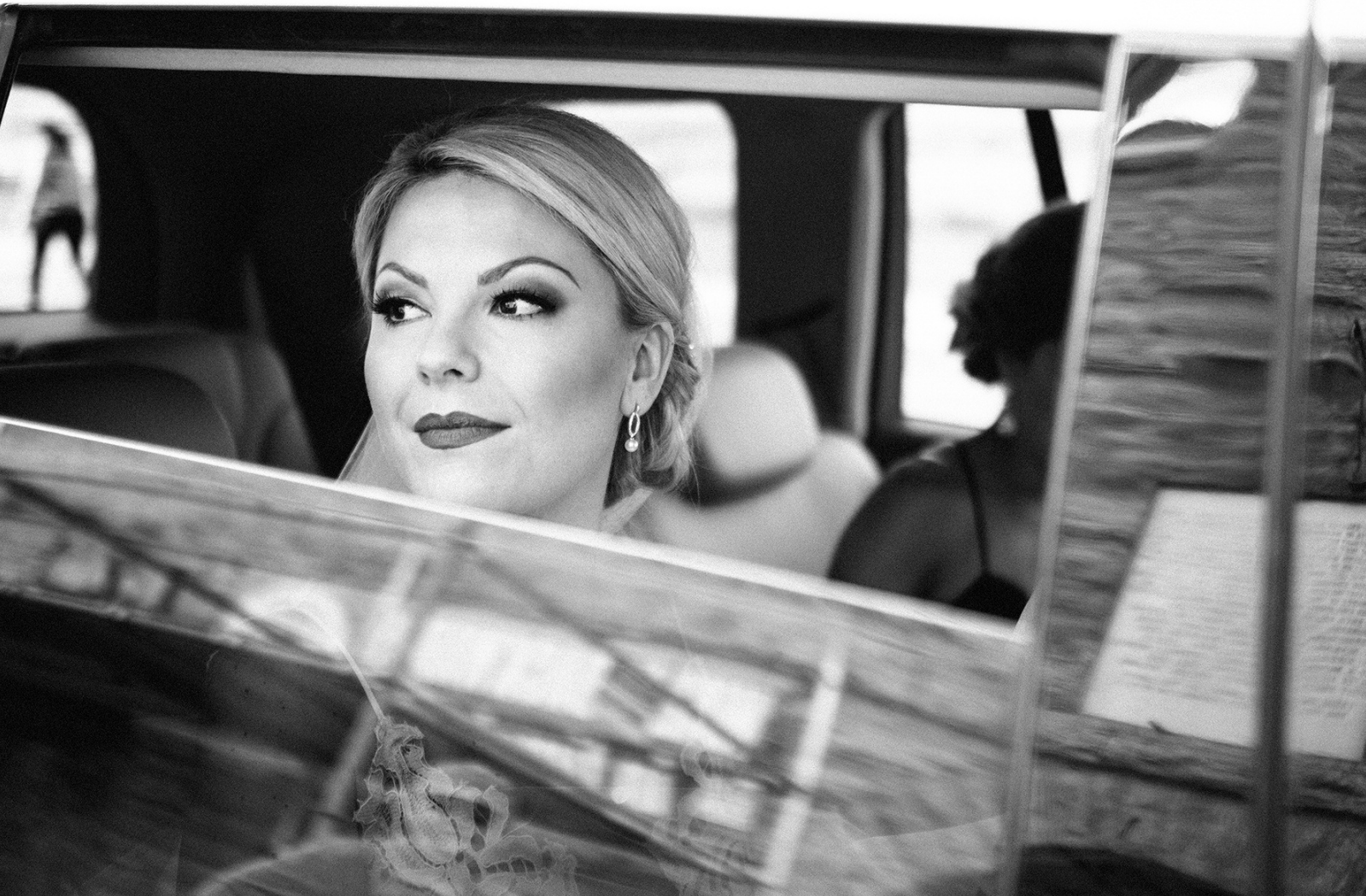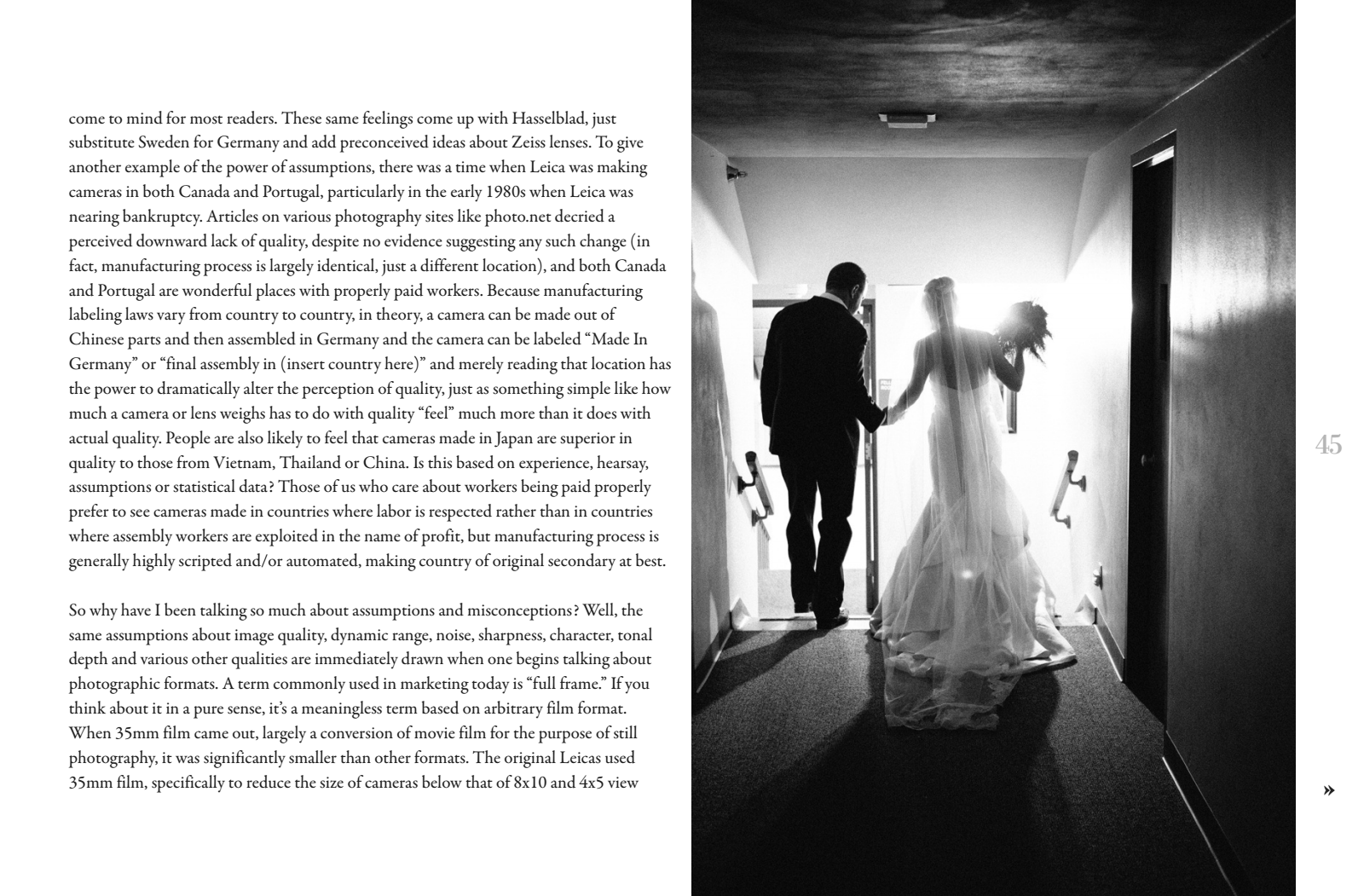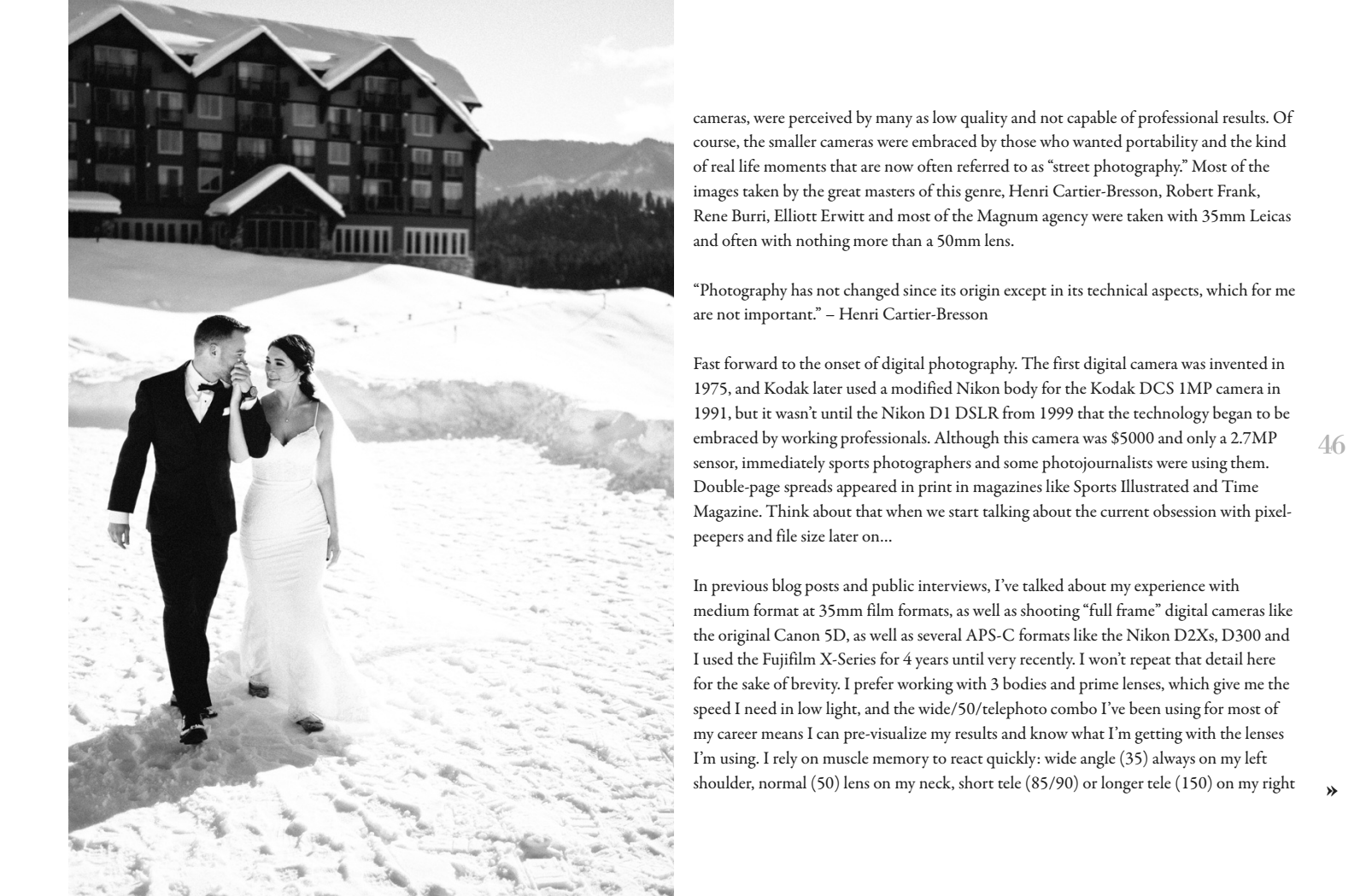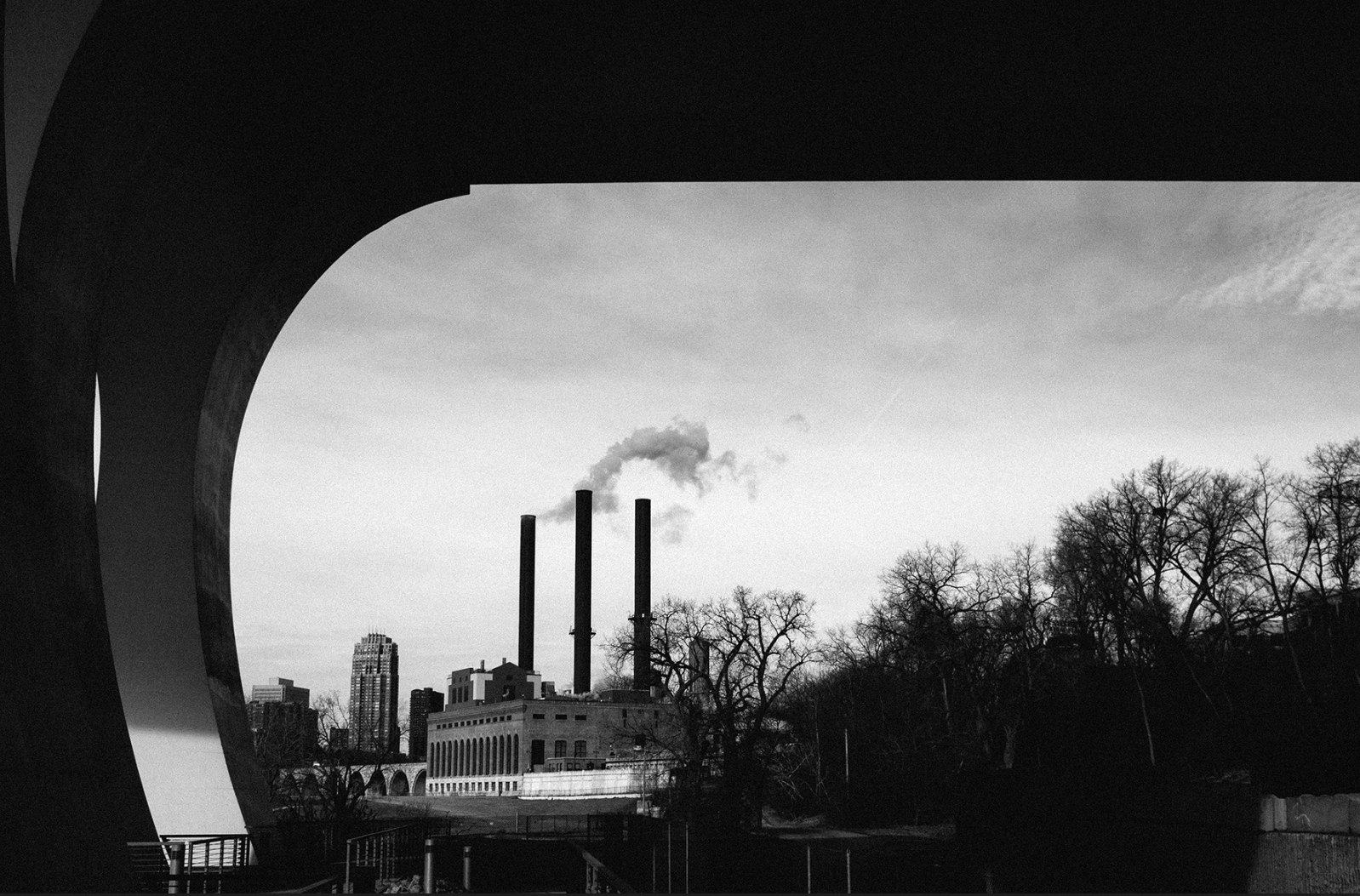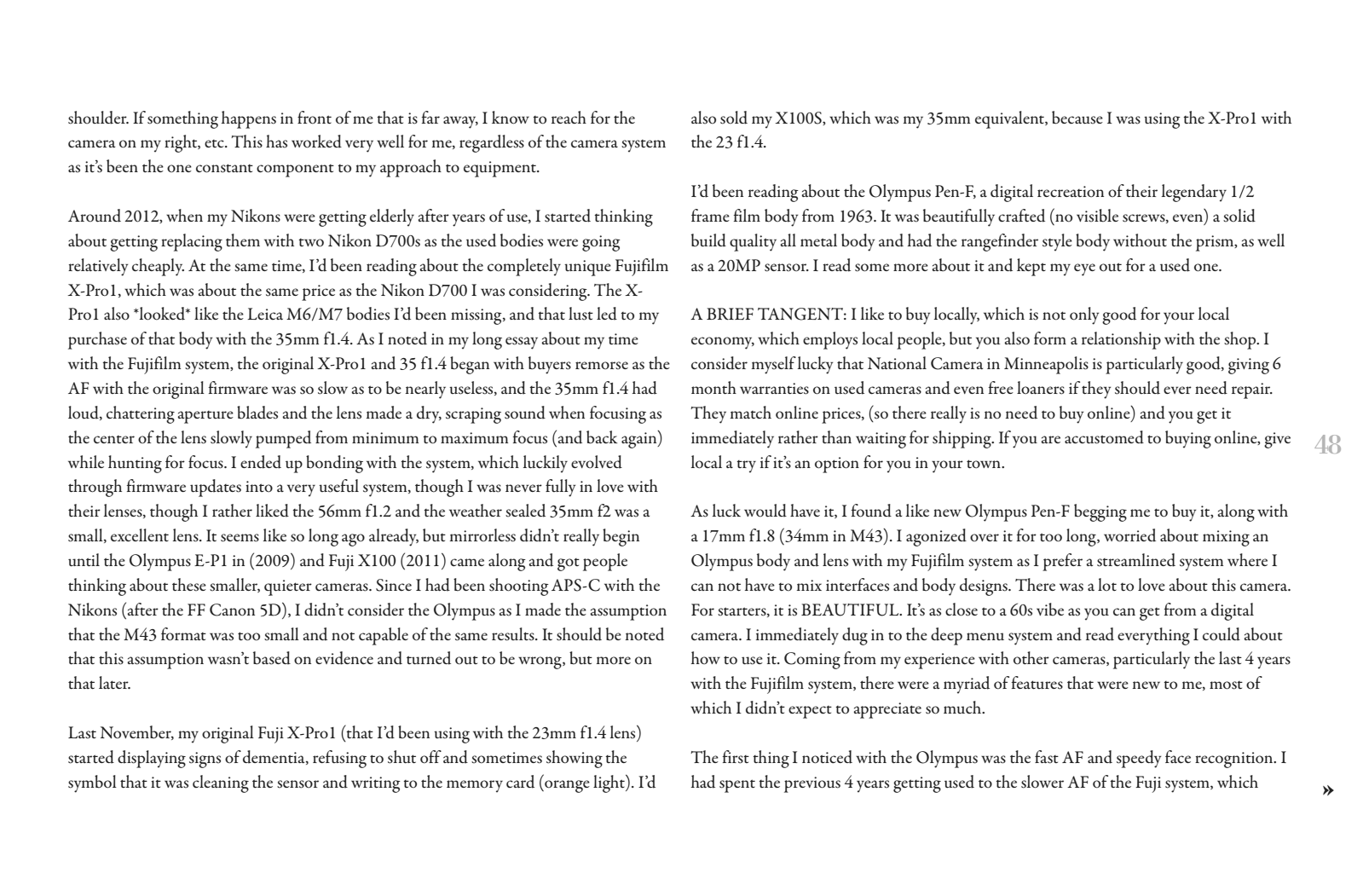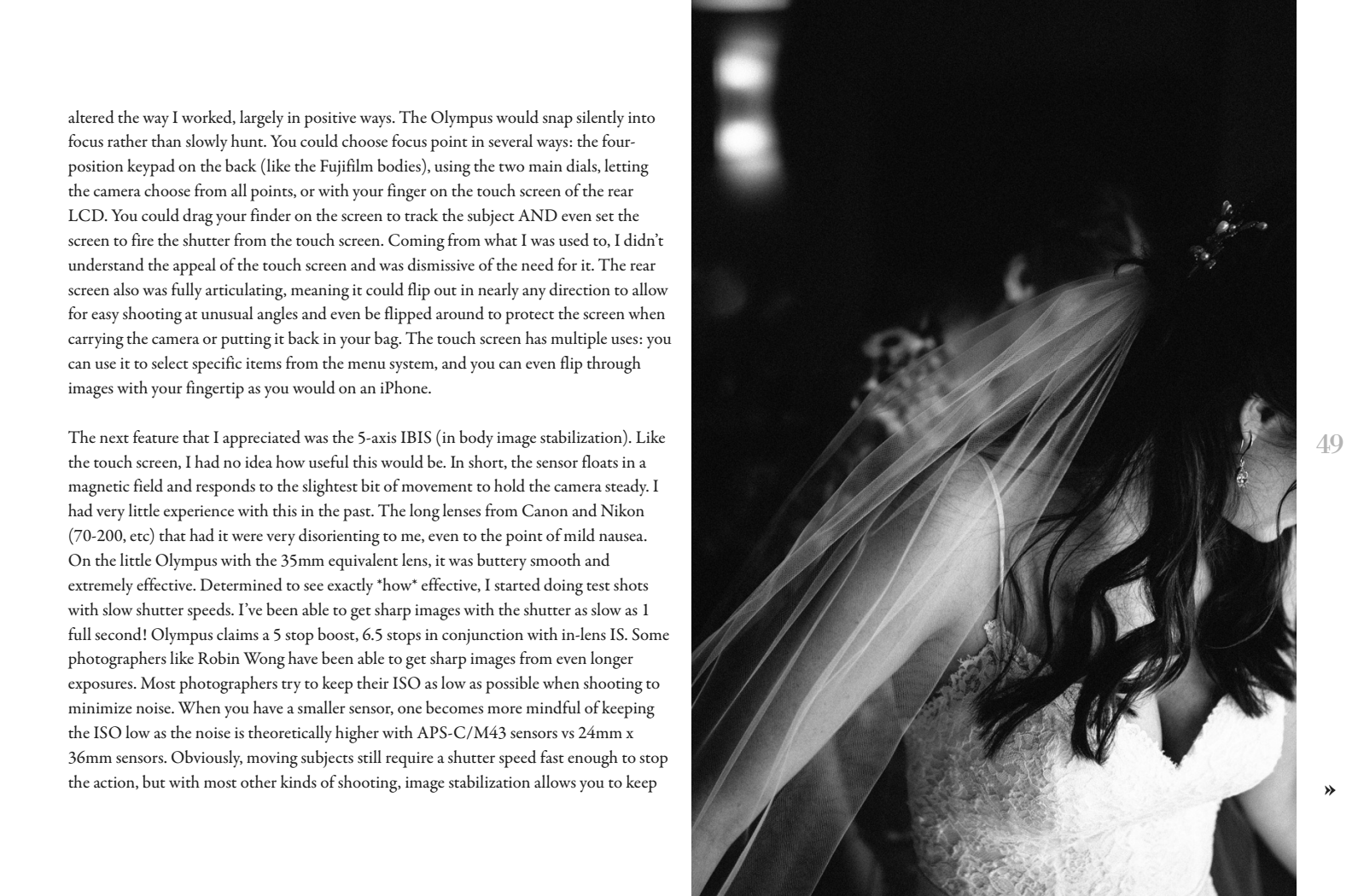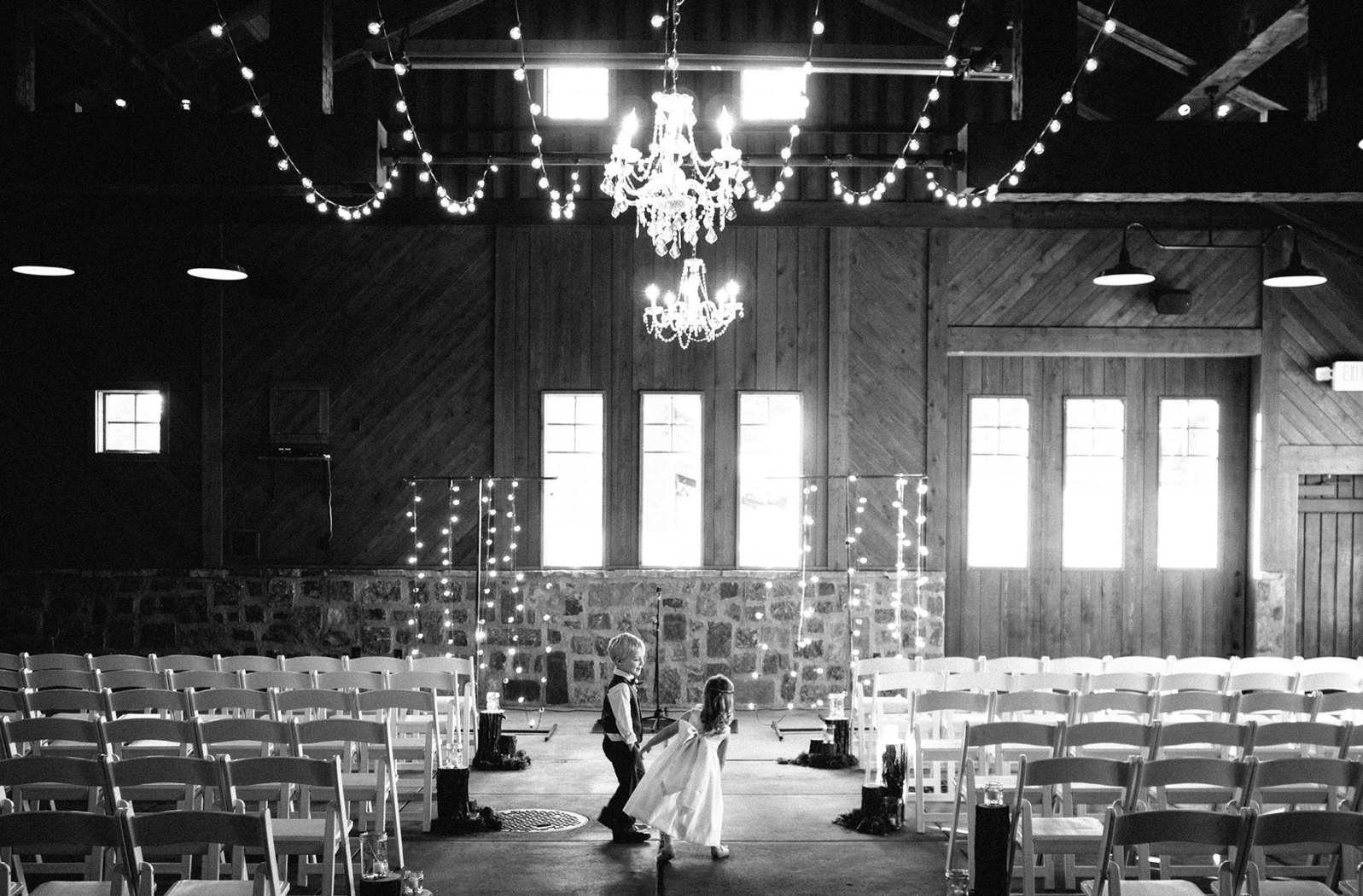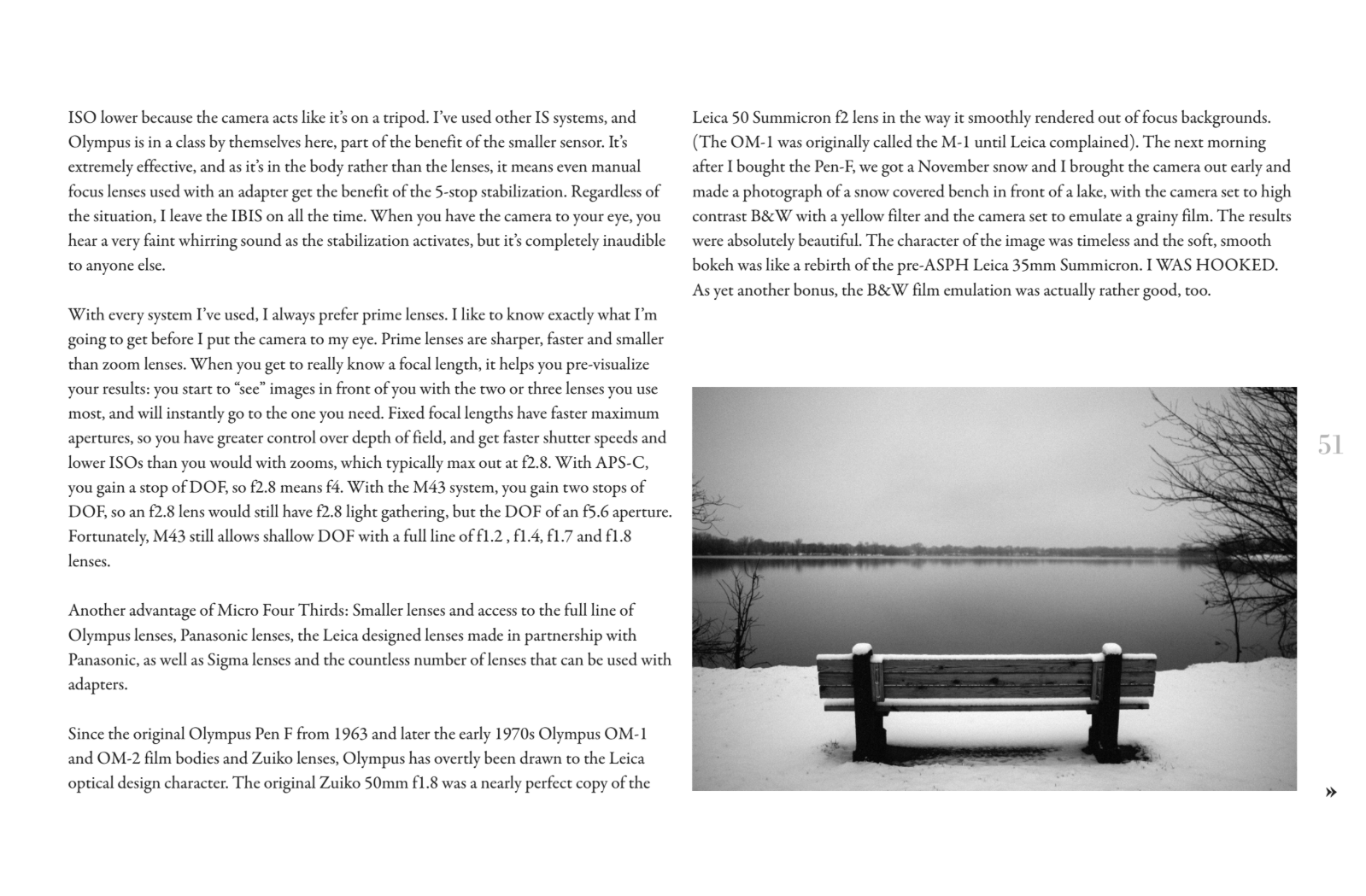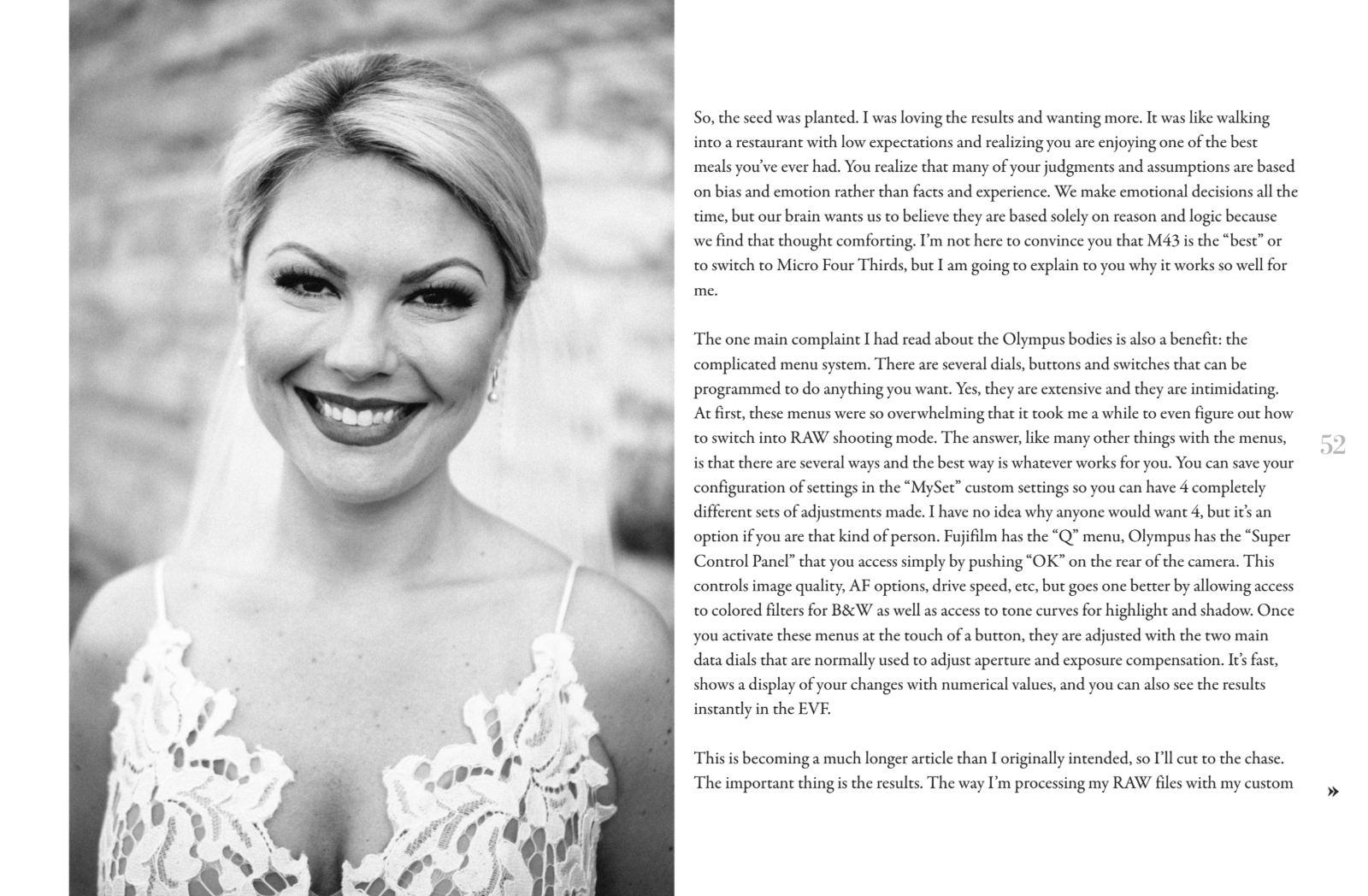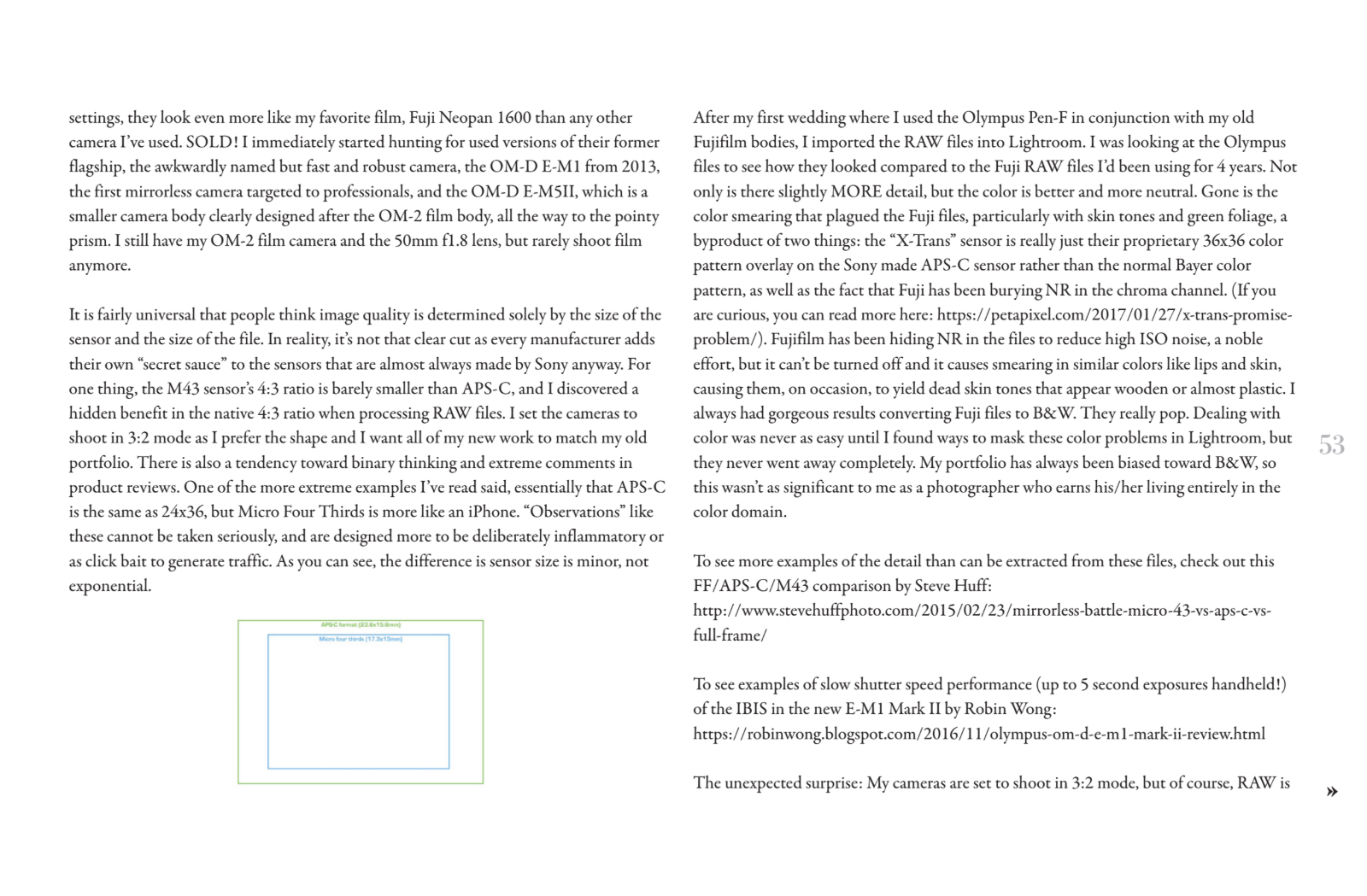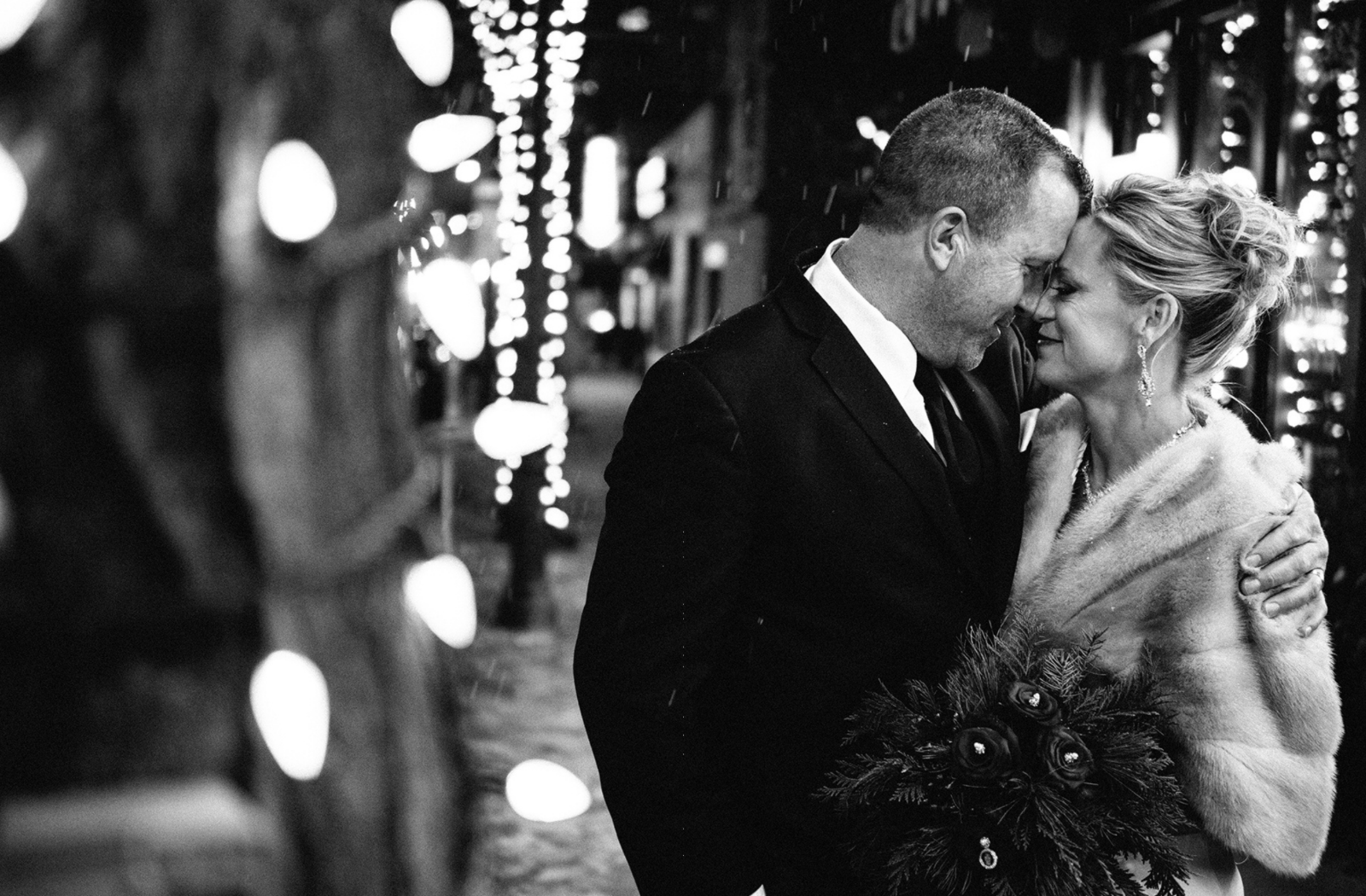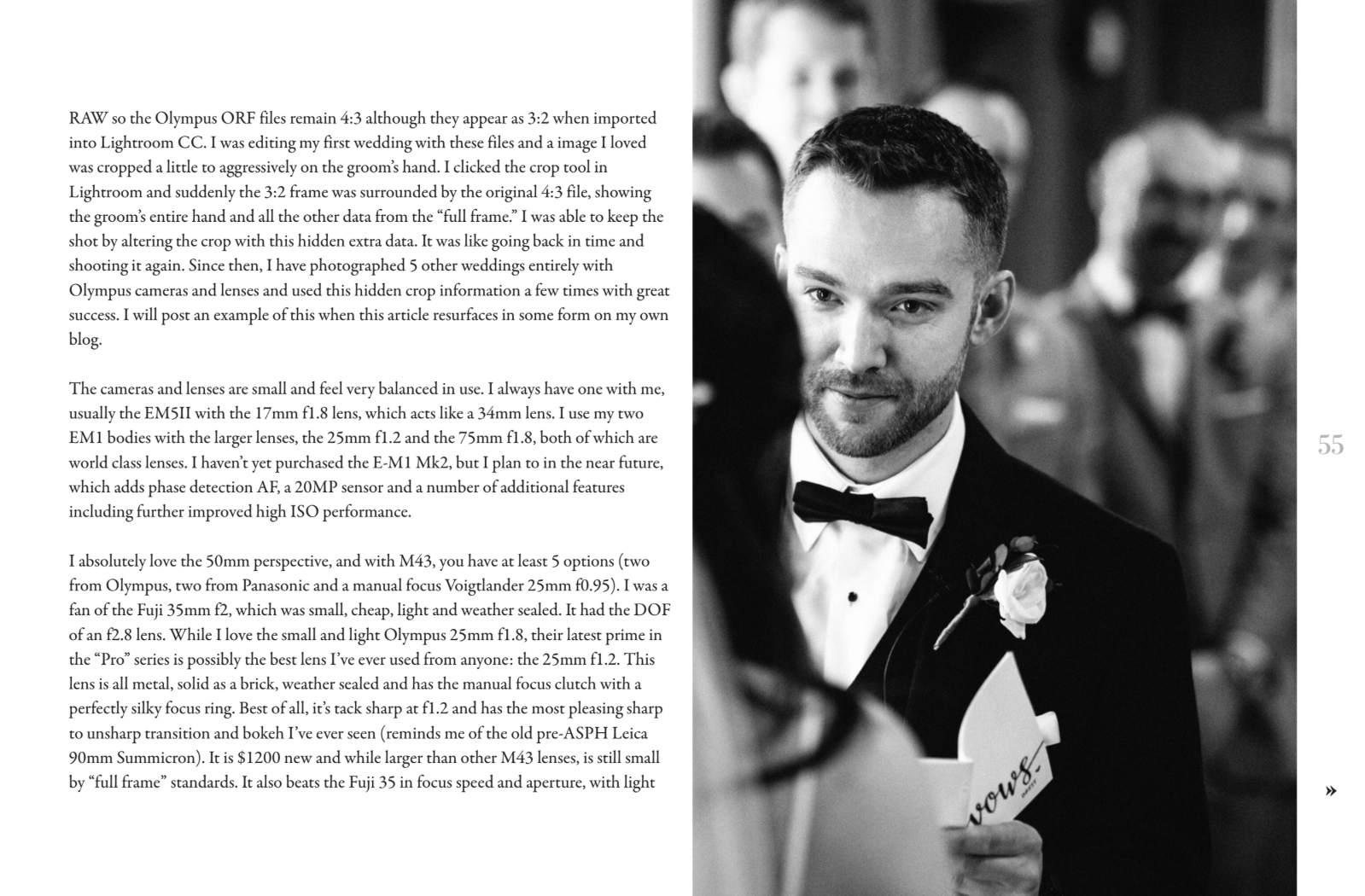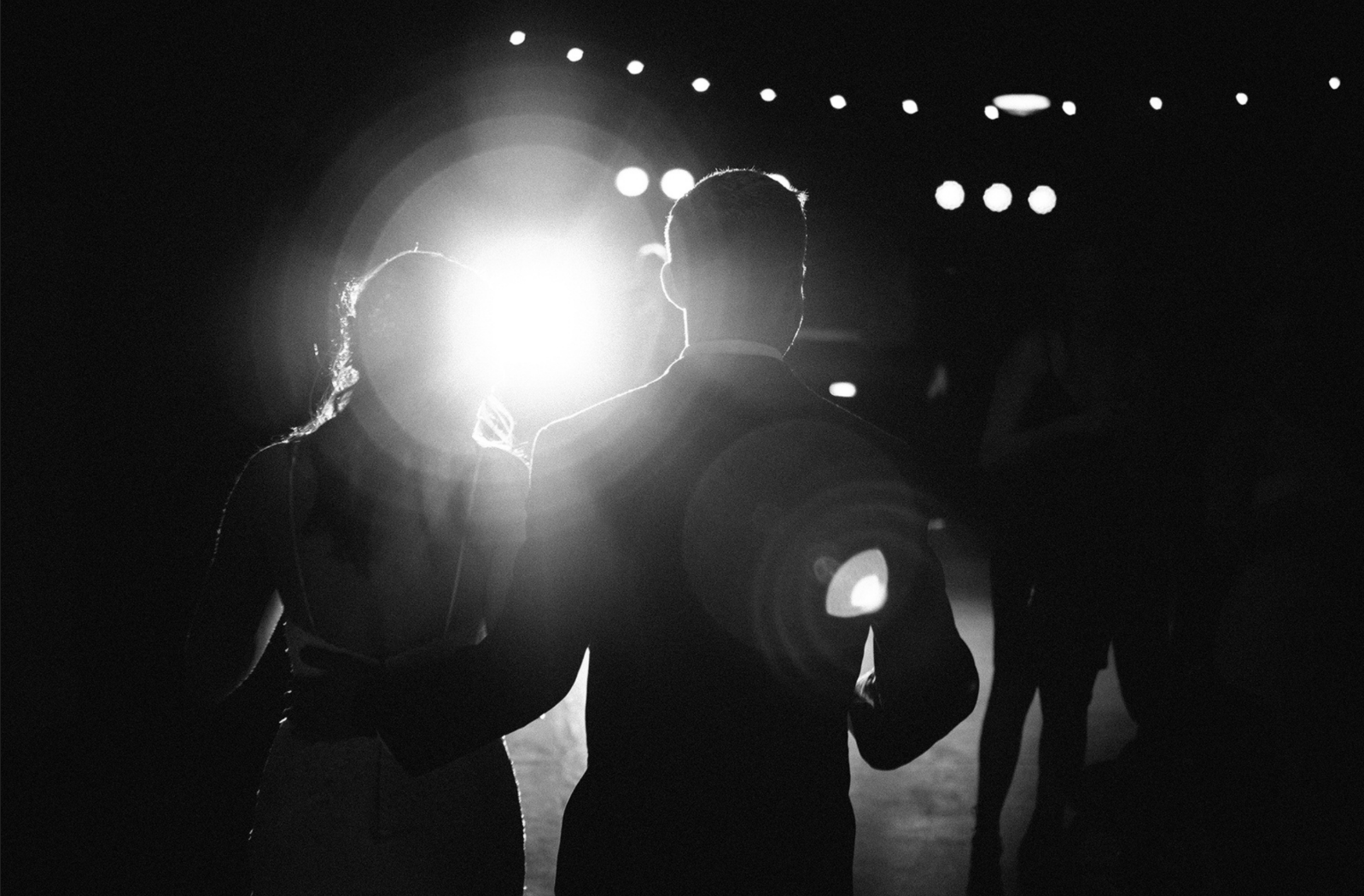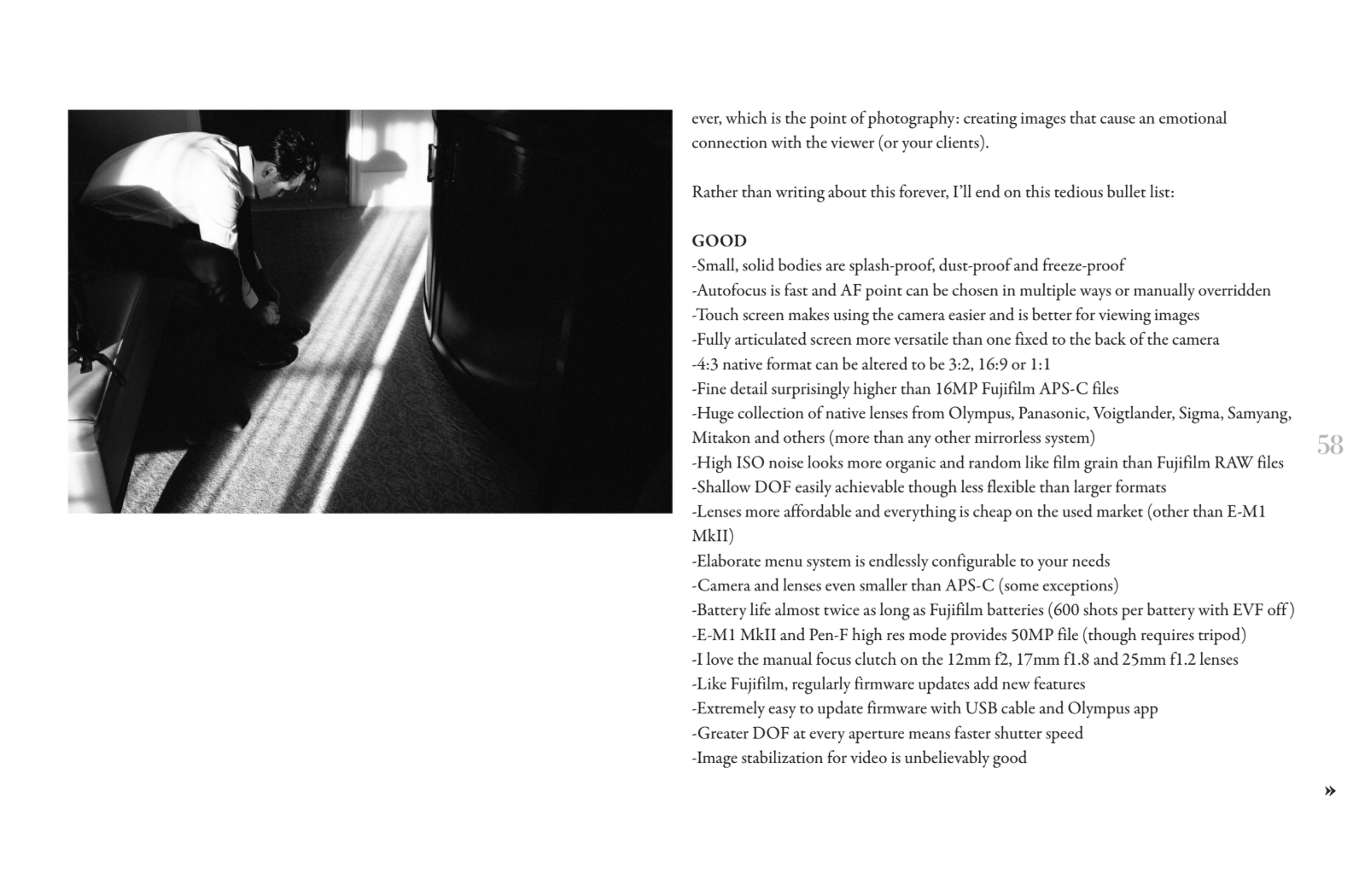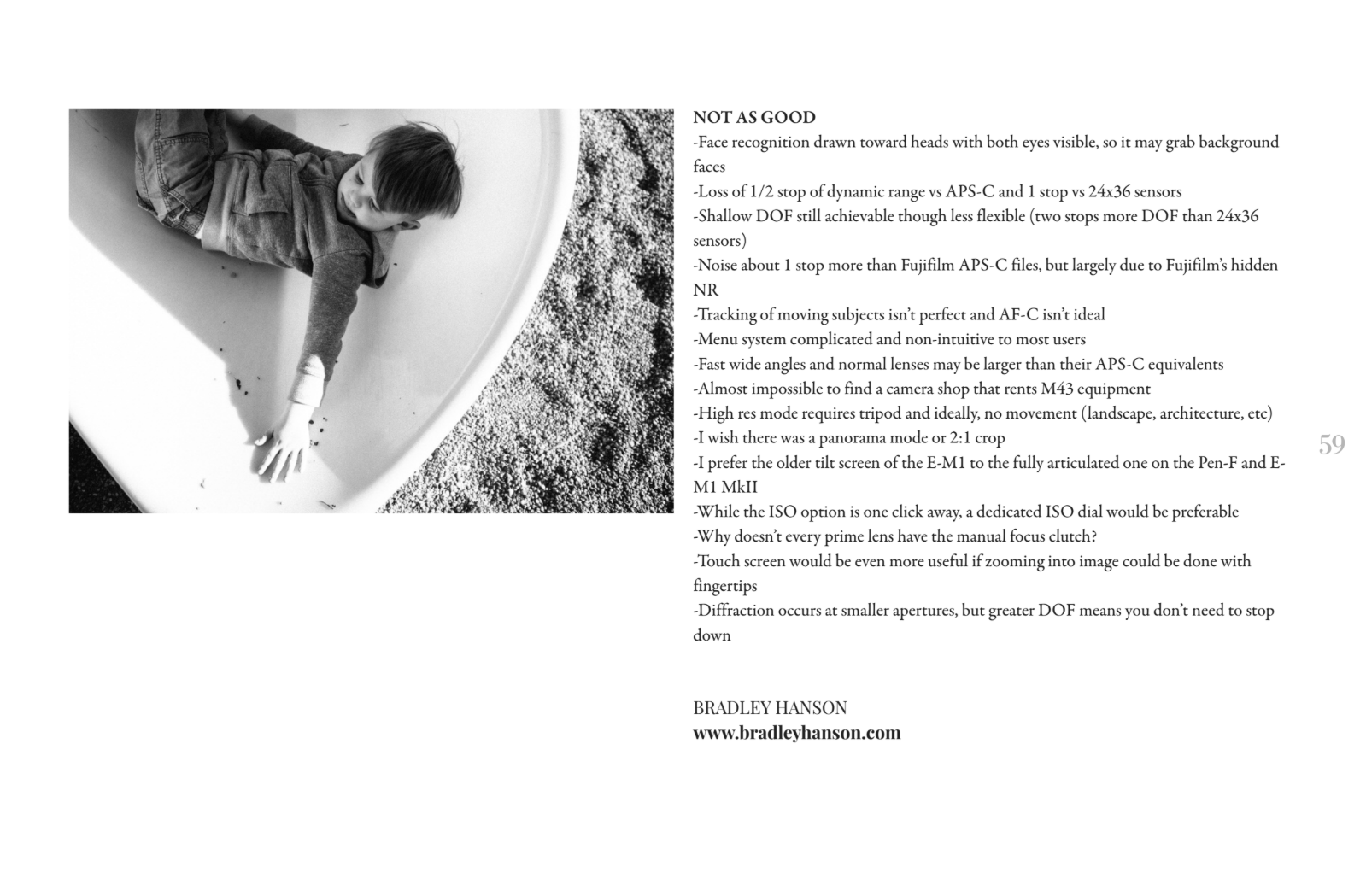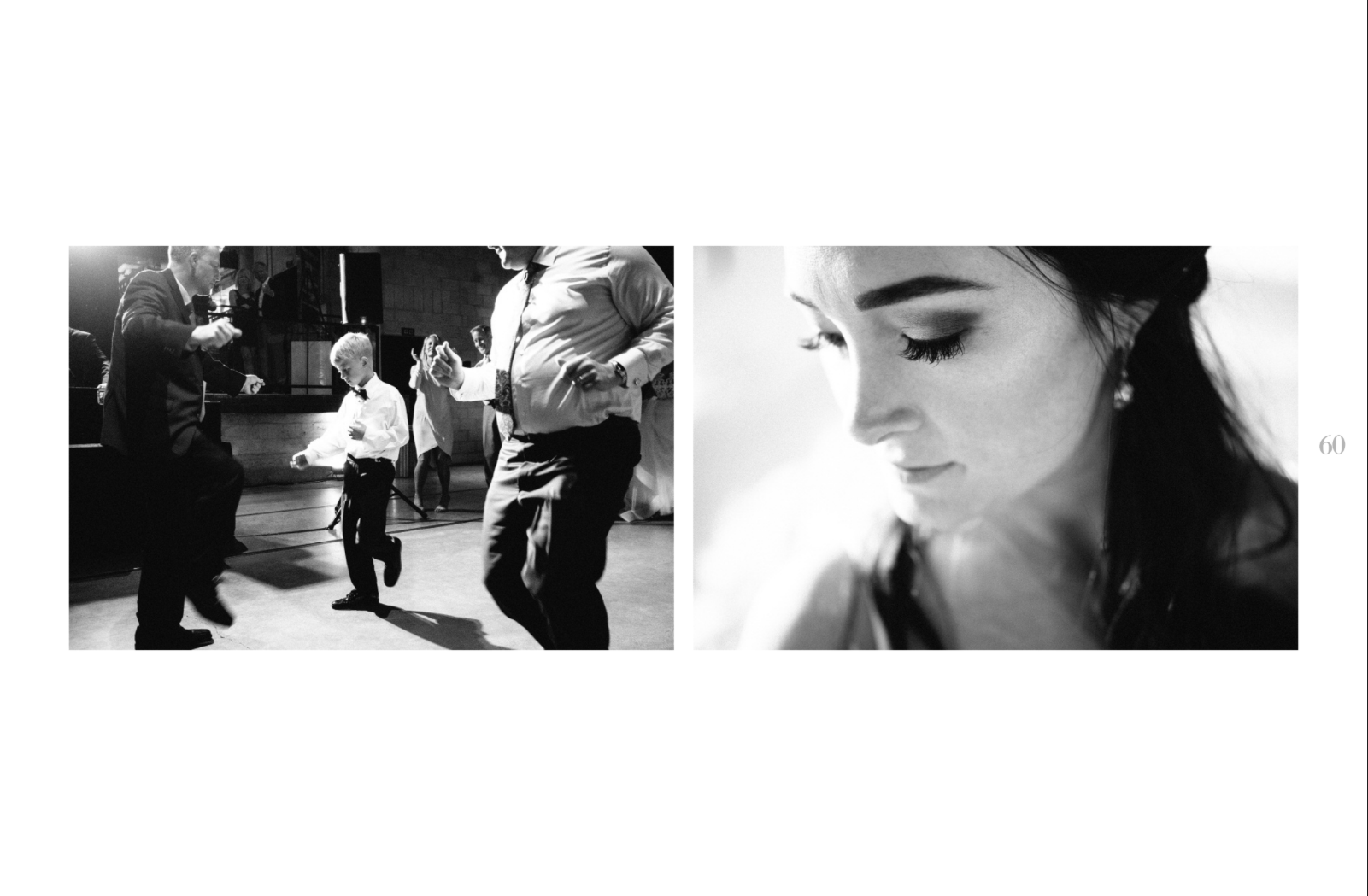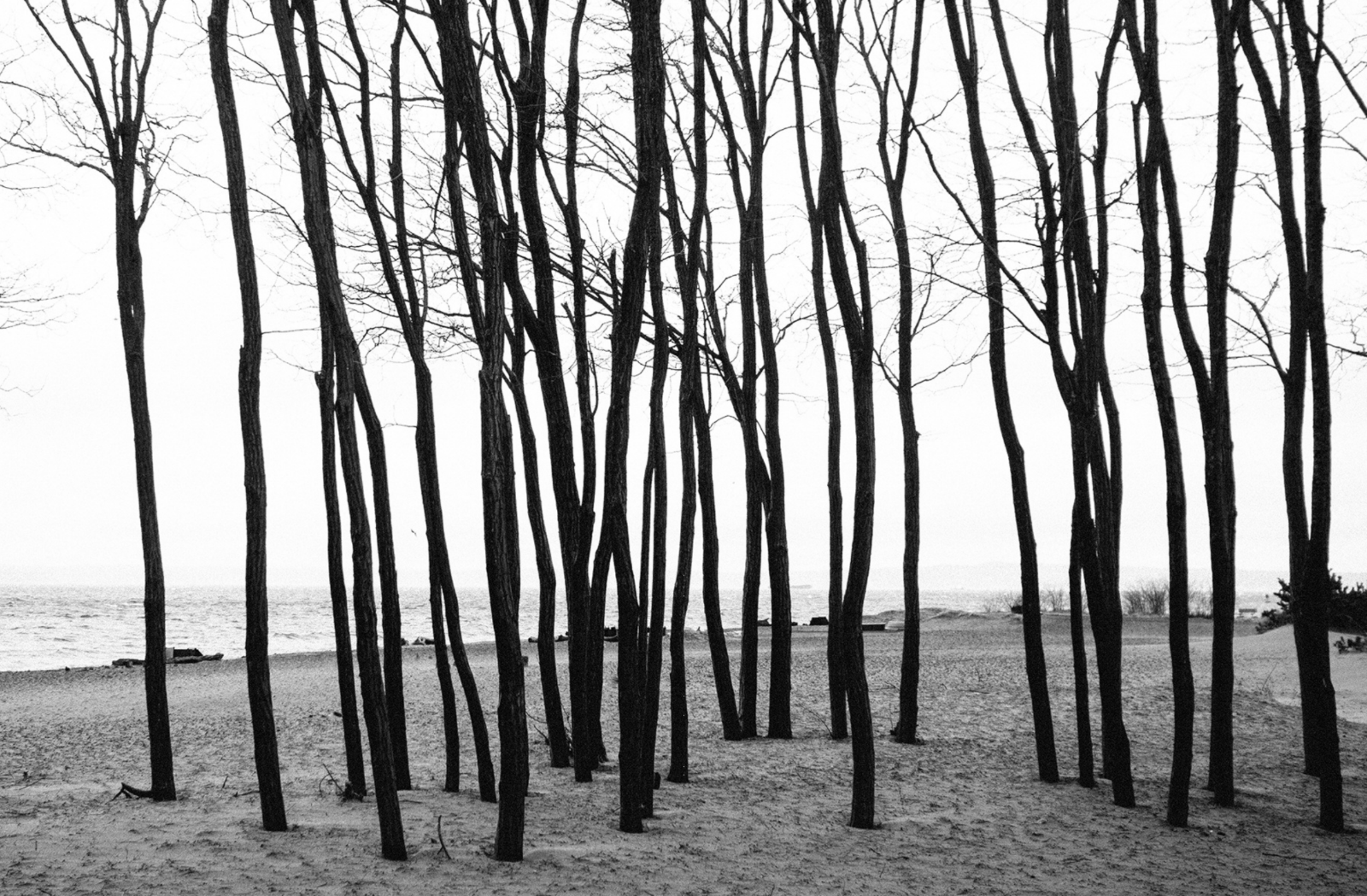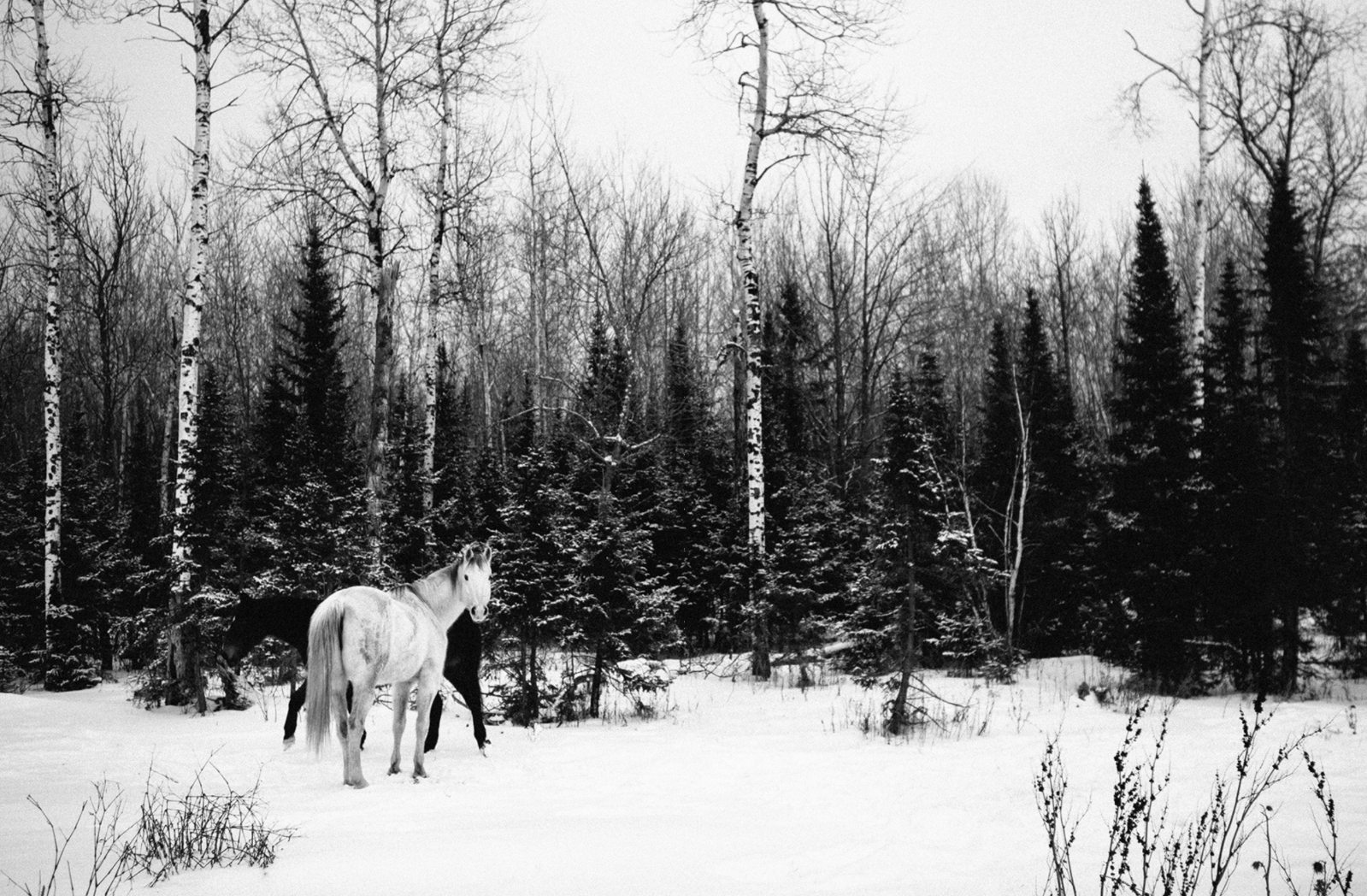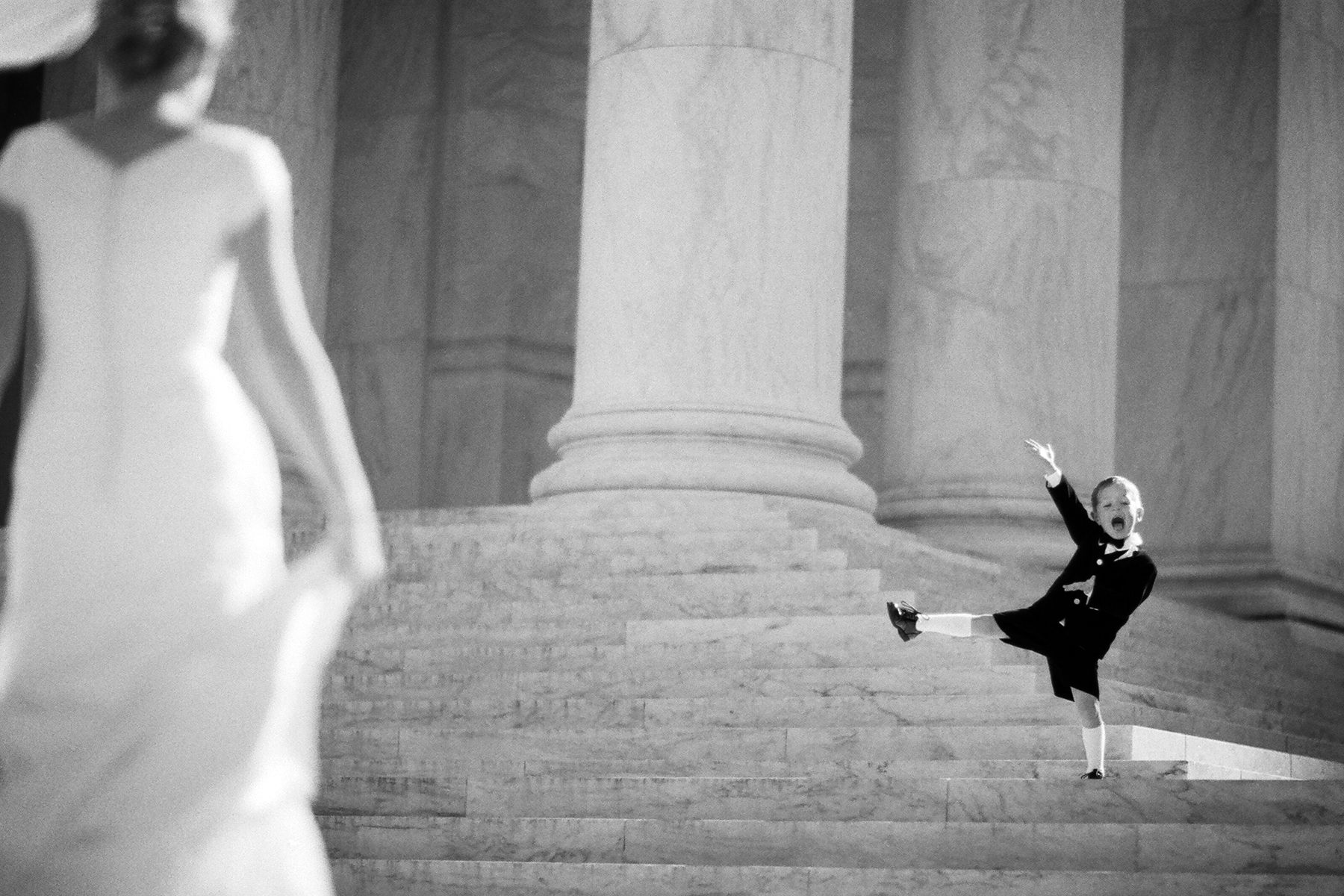A little over 6 months ago, UK photographer Ian Weldon asked me if I would co-host his new photography podcast with him. He and I "met" online many years ago through a disagreement. I respected the way he handled himself in sharing his opinion without emotional complications, and we stayed in touch. I respect his approach.
I had no idea how the podcast would go other than the basic concept: Each week, we invite a current photographer who's portfolio we love to chat with us about their work AND discuss a photographer in history about their role in pushing the boundaries and/or moving photography forward.
This has had a number of positive benefits, including refreshing myself with the originators of photography from the early 1800s onwards. We started with Daguerrotypes and recently covered Mathew Brady (best known as THE Civil War photographer), as well as Eadweard Muybridge (who dabbled in animation and taught us how horses run through cameras he built himself).
We talk about everything: the things we love about photography, the photographers and photography books that we found inspirational, and the good and bad about the current state of the industry. Ian and I both shoot weddings, but we have been conscious about getting a diverse group of photographers from other kinds of photography so we can get a wide range of work and opinions.
There is a lot of laughter during conversations that are often highly philosophical, and that's made the weekly ritual even more enjoyable. I don't pretend to have all the answers. While I've had 18 years of experience shooting professionally, I will always consider myself a student of the medium and am always seeking to improve and deepen my understanding of both the craft and the world.
We started a weekly tradition where I ask each guest what photography book was the first one they ever bought, or what was the most inspirational book to them. Ian has been building a "library" of these books on the Outerfocus website, divided between Amazon UK and Amazon US sites. If you buy one of these books through the link, you pay the same price, but we get a tiny reward to help us continue the podcast. It's a great list so far and a useful resource for discovering the work of photographers you might not be familiar with. In a world where more and more things are moving online, physical media, particularly photography books, can be even more rewarding as they don't require power or a password and they aren't subject to obsolescence from being in unreadable formats...
I feel grateful to be a part of this podcast, and while it can be complicated chatting with photographers in 3 separate time zones, it continues to be significantly more engaging and rewarding than I could have imagined.
To listen to the current episode (or any of the 15 thus far), follow this link or subscribe for free via iTunes. If you enjoy the podcast, don't be afraid to leave an honest review and let us know what you liked and what you didn't, including what you'd like to hear or photographers you'd love to listen to.
Thanks for listening!
You can follow me on Facebook, Twitter, VSCO, Pinterest, Instagram, and LinkedIn through the links on the upper right.
To see more Minneapolis/St. Paul, MN portraits, wedding photography and weddings all over the world, visit my main portfolio on bradleyhanson.com or email me at info@bradleyhanson.com or call me at 206-393-8292 and we can discuss your wedding plans in detail. My speciality is shooting family portraits in an unposed, natural style and wedding photojournalism. I photograph weddings as they happen rather than direct the action, which is often referred to as documentary style wedding photography. I’ve photographed weddings in Minneapolis, St. Paul, Seattle and many countries around the world.
To listen to the bi-weekly photography podcast I do with UK photographer Ian Weldon, visit https://www.outerfocuspodcast.com or search for Outerfocus on Apple Podcasts or Google Podcasts.







